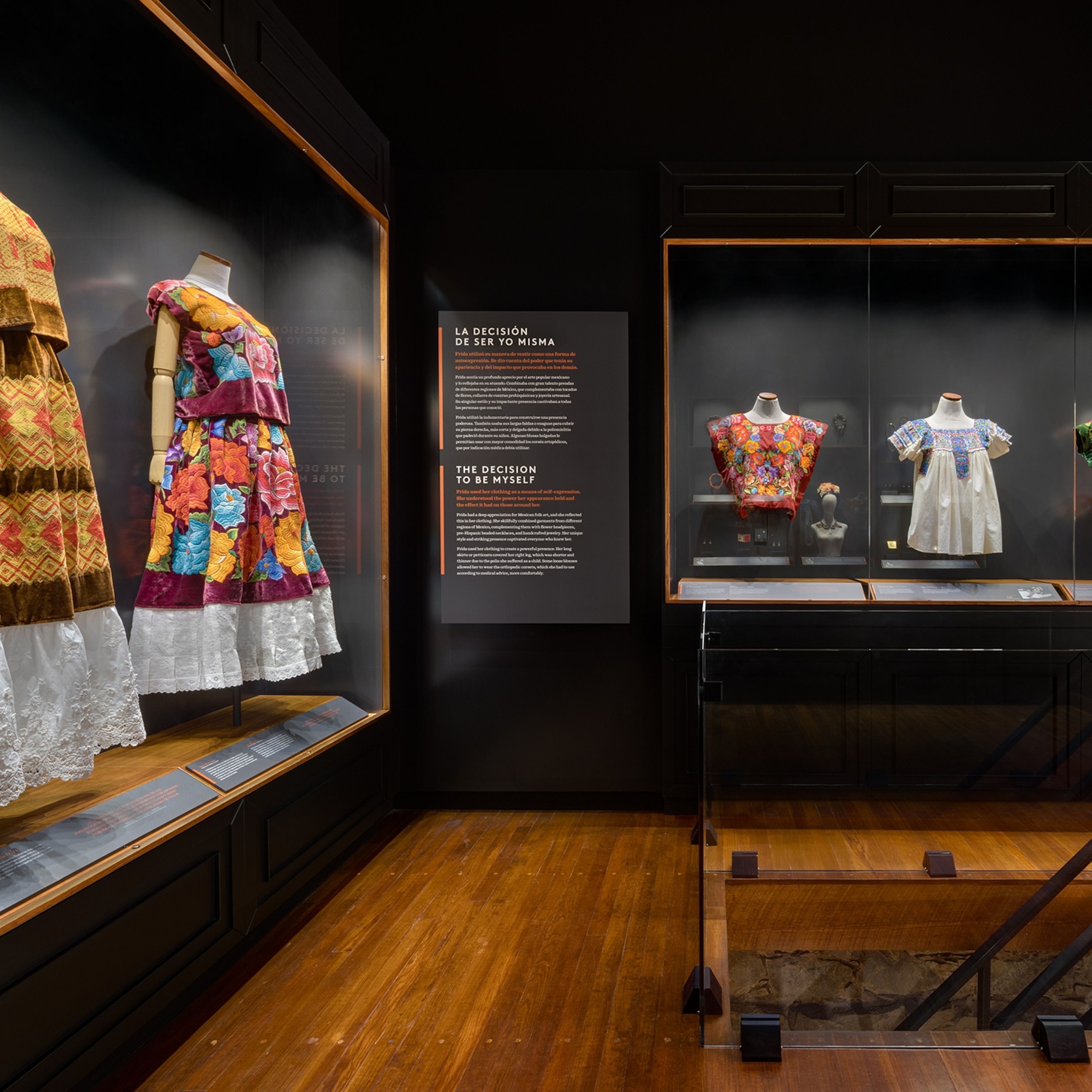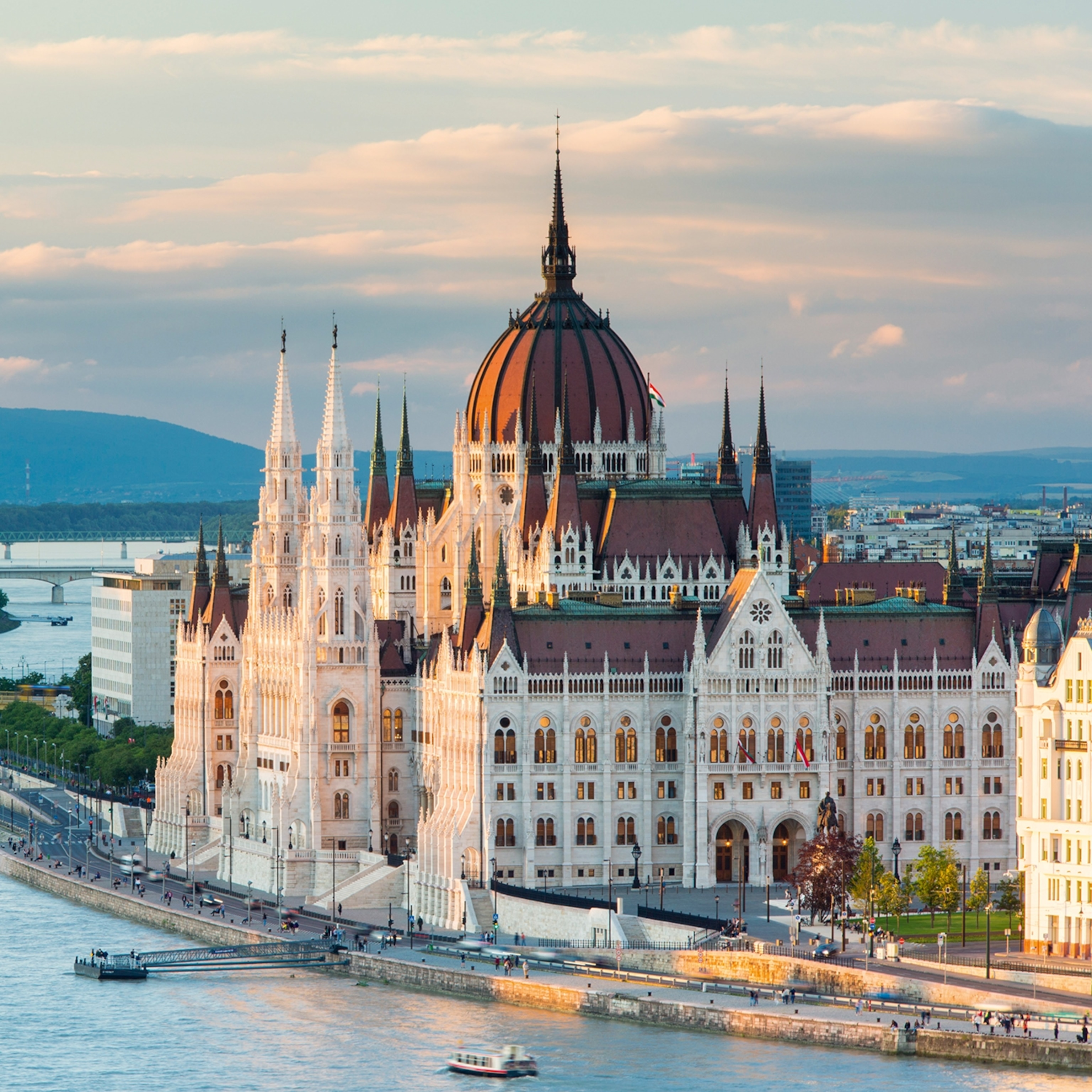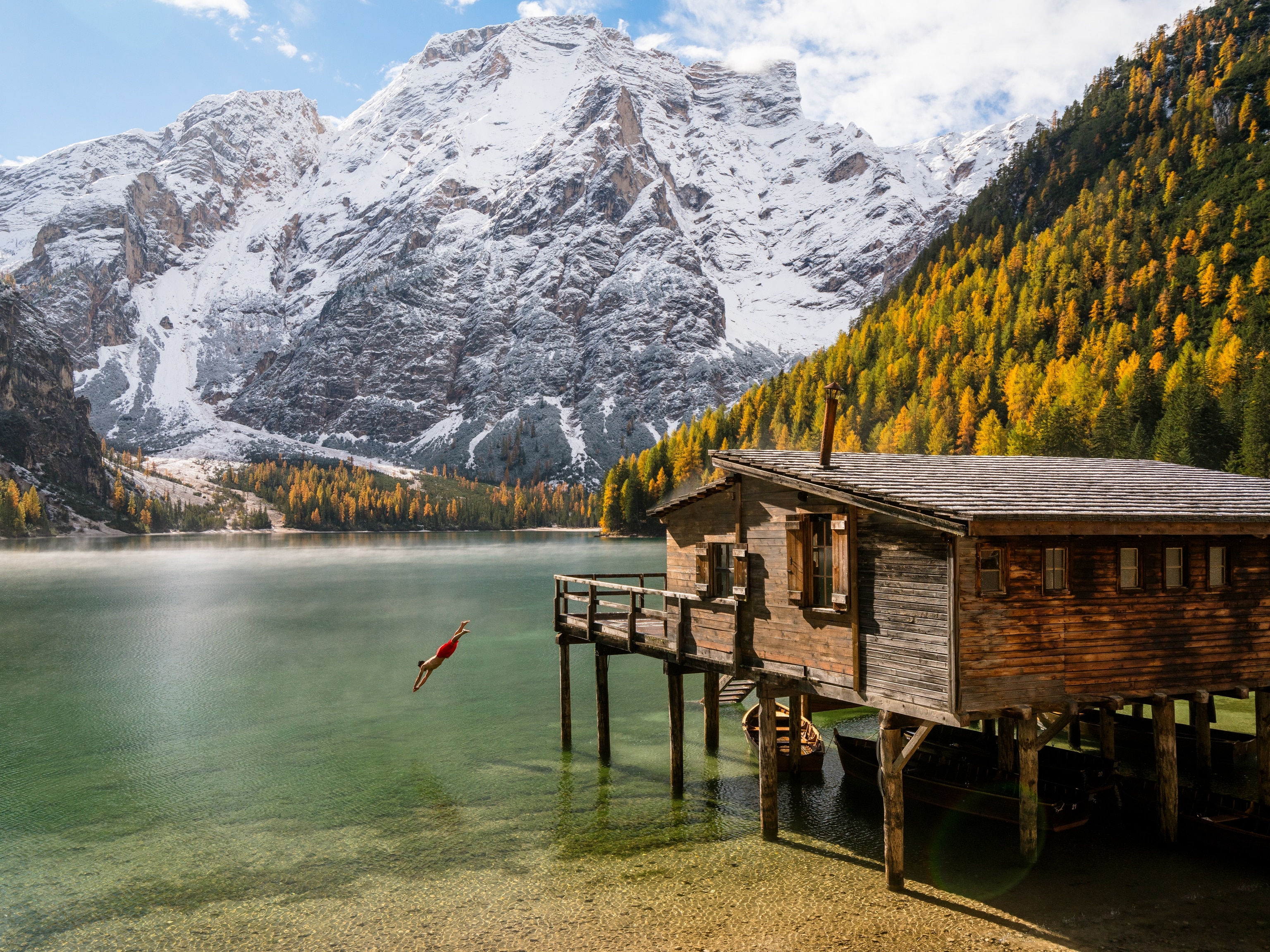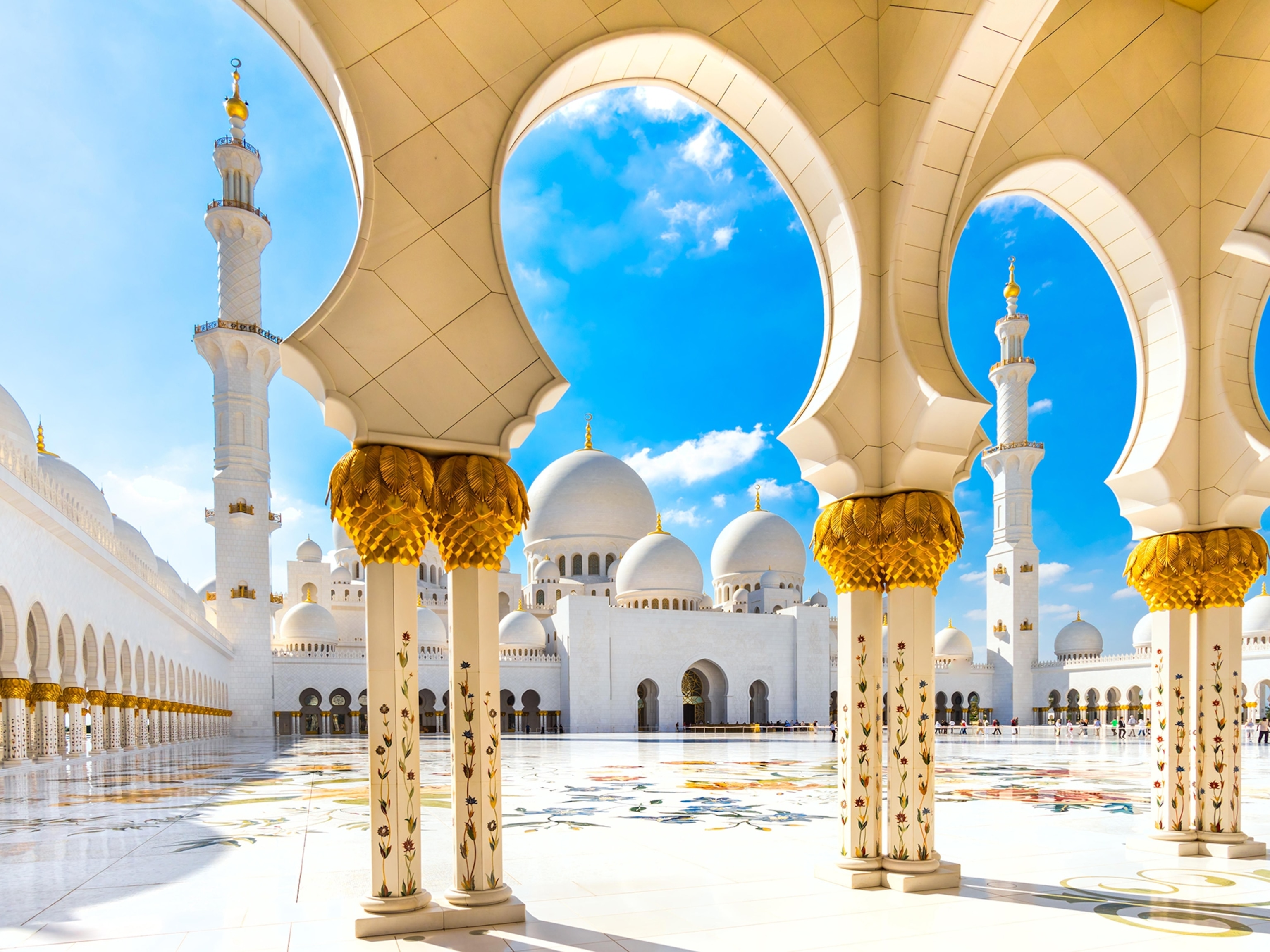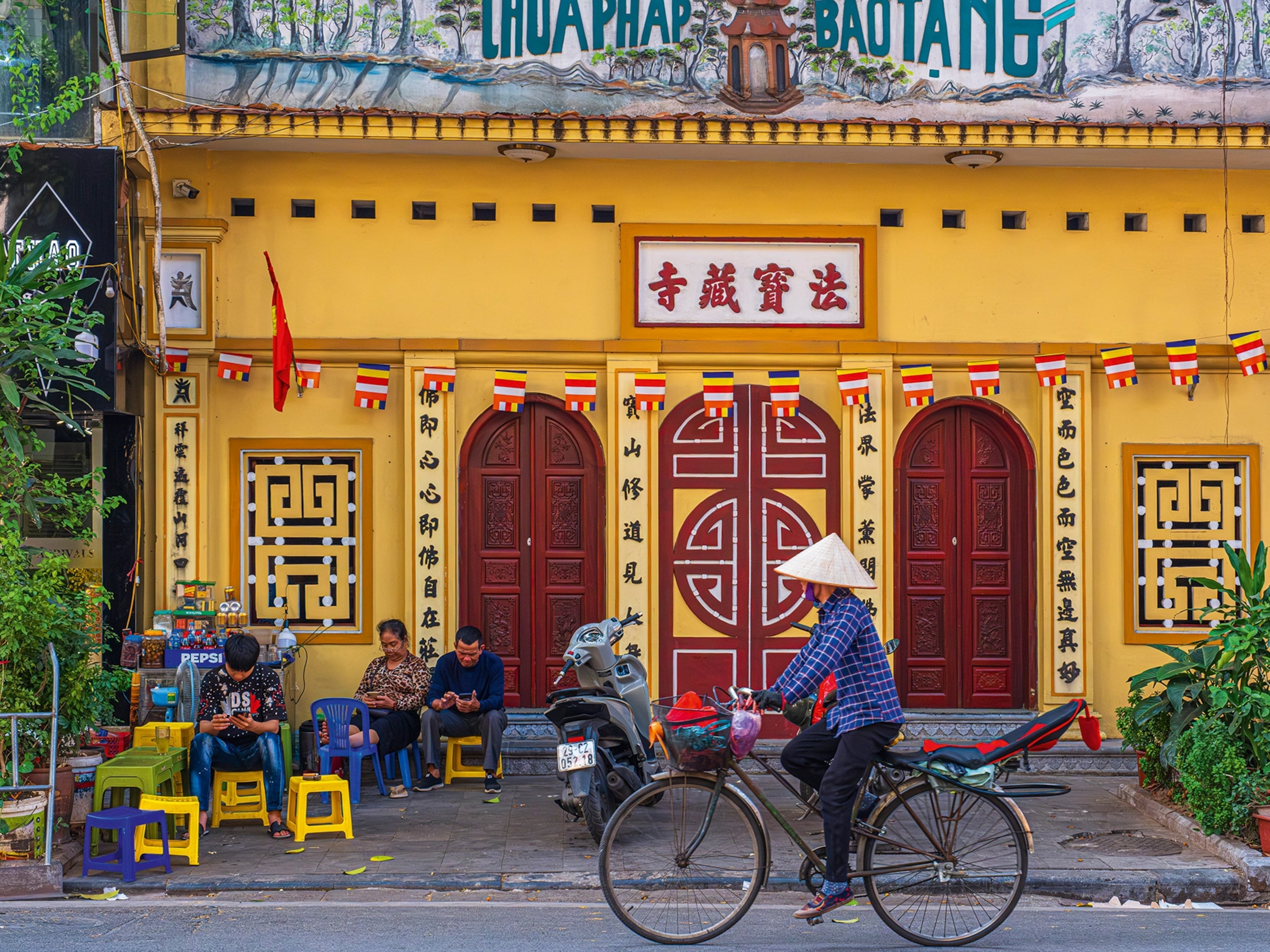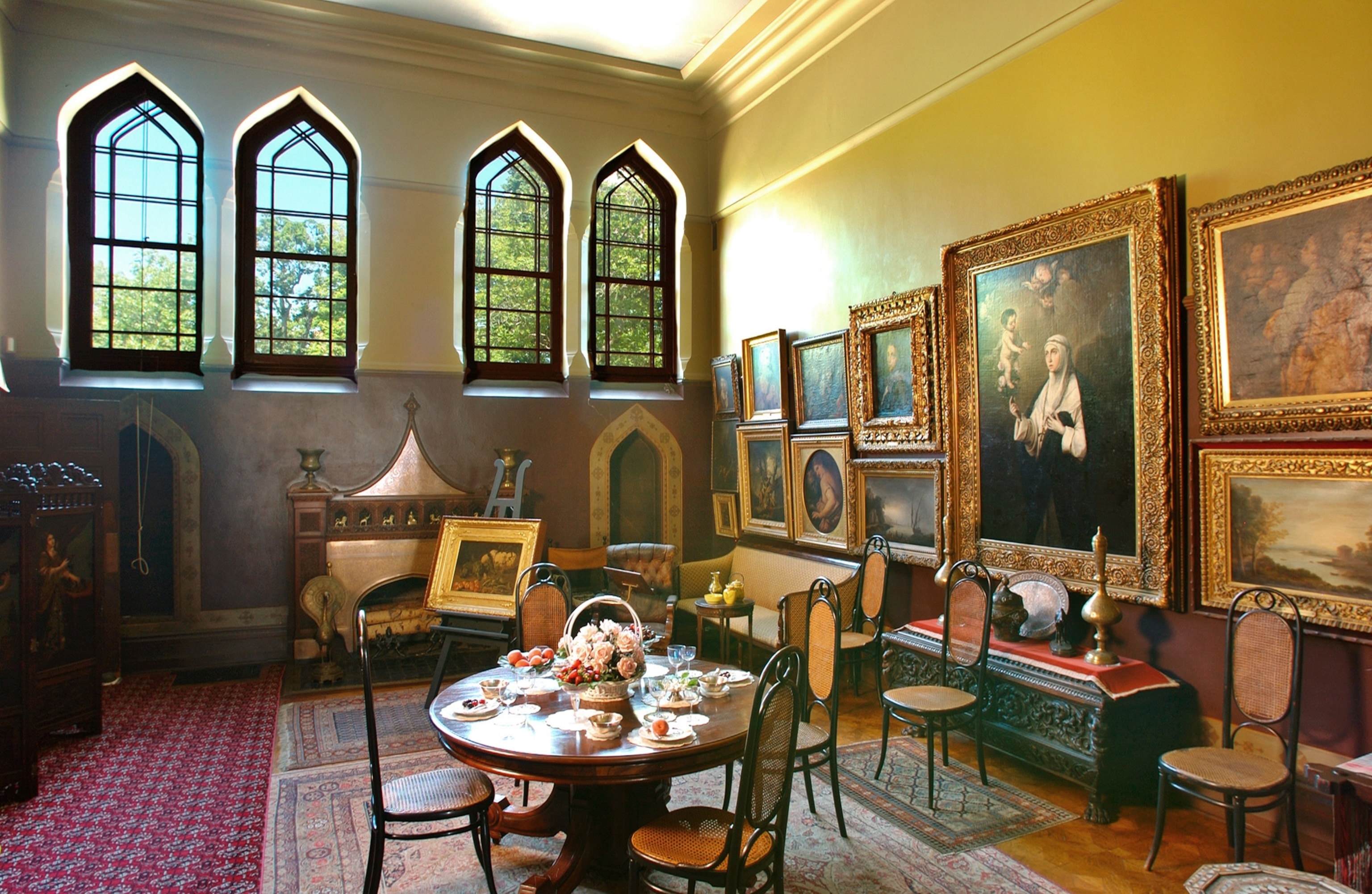
Peek inside these artists’ amazing houses
From Frida Kahlo’s Casa Azul to Frank Lloyd Wright’s Taliesin, these are the homes we’d Zoom from if we could.
It’s happened to many of us recently: You’ll be chatting in a Zoom meeting or virtual happy hour when you realize you’ve stopped looking at the speaker in favor of squinting at their surroundings. Are those color-coordinated books on the shelves? Is that a fiddle-leaf fig tree growing in that pot? And what color of paint is that on the wall anyway?
Imagine the delight of not just virtually snooping into the private homes of your coworkers and family members, but also those of great artists around the world. What would that kitchen background look like for Claude Monet? What would the view be on a conference call with Frida Kahlo? Here are 14 spectacular homes of artists and architects—all usually open to the public but now accessible only virtually—that are worth a peek.
(Related: Discover 24 unconventional art destinations around the world.)
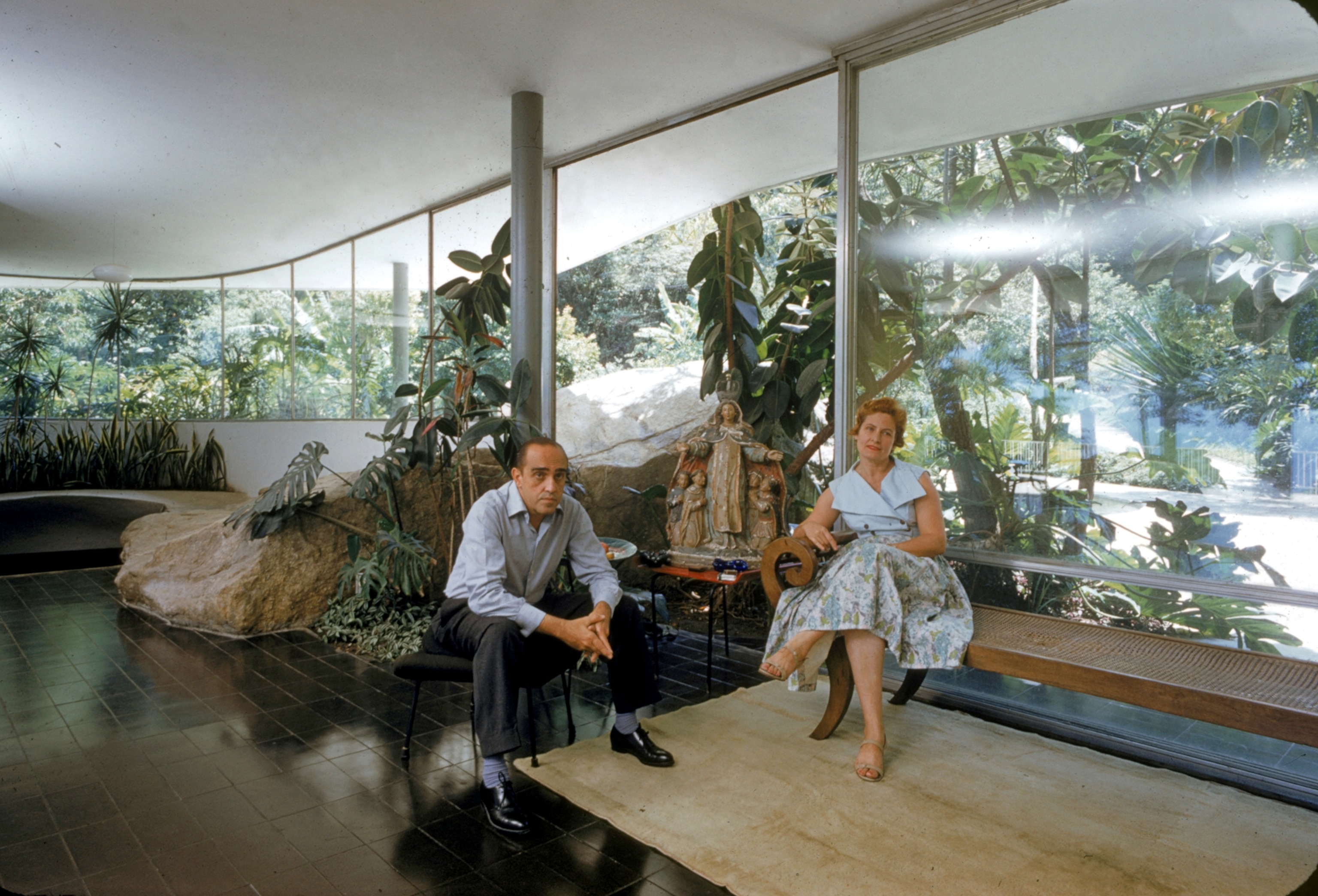
Oscar Niemeyer’s Casas das Canoas
Rio de Janeiro, Brazil: Theaters, esplanades, a world-famous cathedral, Manhattan’s UN Secretariat Building—these are just a few works of Brazilian architect Oscar Niemeyer. But the most beloved expression of Niemeyer’s infamous curves and reinforced concrete is perhaps his 1951 Rio de Janeiro family home, Casas das Canoas, where organically positioned boulders interrupt both the swoop of the swimming pool and the inside staircase.
Frank Lloyd Wright’s Taliesin
Spring Green, Wisconsin: Frank Lloyd Wright’s rural Wisconsin home, studio, and school is often described as his architectural autobiography. A place of both extreme beauty (ground-hugging lines, original drafting tables) and extreme tragedy (two fires and the murder of Wright’s mistress), the 800-acre agricultural estate is now an UNESCO World Heritage site offering a variety of tours, including a virtual tour into spaces closed off to in-person visitors.
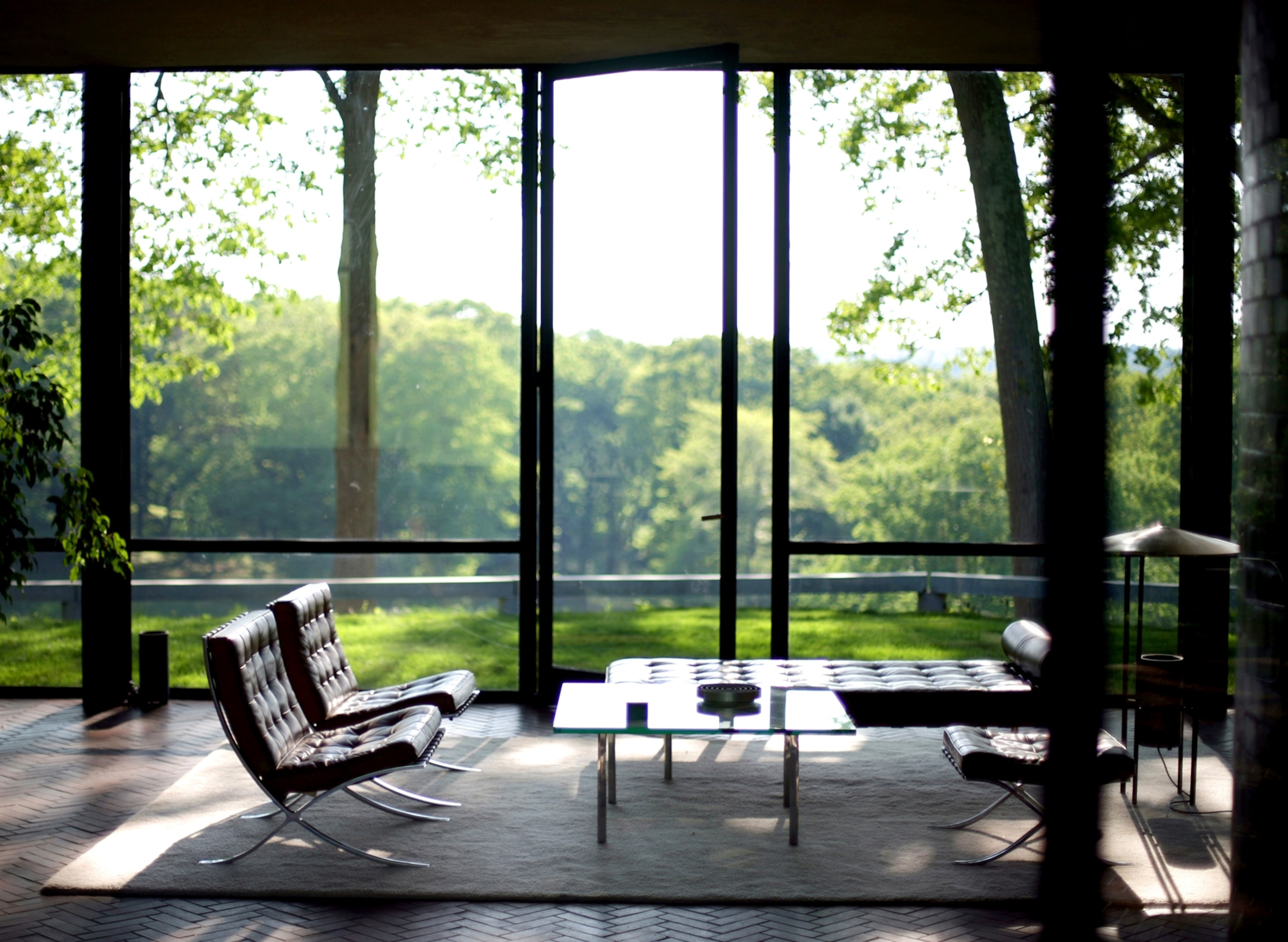
Philip Johnson’s Glass House
New Canaan, Connecticut: Architect Philip Johnson spent 58 years in his glass-and-steel retreat—“the only house in the world,” he said, “where you can see the sunset and the moonrise at the same time, standing in the same place.” The 33-foot-wide house features wraparound windows that reveal a landscape painstakingly sculpted to match the 17-century original painting on Johnson’s mantle: The Funeral of Phocion, by Nicolas Poussin. Guided, self-guided, and virtual tours lead visitors through the painting gallery, studio, guest house, and a hobbit-size, red-and-black modernist outbuilding dubbed “Da Monsta.”
Duncan Grant and Vanessa Bell’s Charleston House
Sussex, United Kingdom: Poetry readings, artist salons, and property strolls are just as common now as they were during the heyday of Charleston House—country home of Bloomsbury Group painters Duncan Grant and Vanessa Bell. (Visit Virginia Woolf’s, Bell’s sister, tour-able Monk’s House estate which is a quick 20-minute drive west). Hand-painted cupboard doors, patchwork chintz curtains, and stenciled paisley walls give way to an equally bohemian garden teeming with levitating sculptures, sweet peas, nasturtiums, and poet’s daffodils.

Frida Kahlo’s Casa Azul
Mexico City, Mexico: The site of Frida Kahlo’s birth, death, and many years of her life, cobalt-washed Casa Azul and its magical garden can now be visited via digital tour. Inside, chartreuse floors and bright white walls draw the eye to earth-toned constellations of local folk art, handmade ceramics, wide-brimmed hats, pre-Columbian sculptures, and some of Kahlo’s most famous works including Viva La Vida and Portrait of my Father. The house harbors hundreds of artifacts, from Frida’s painting instruments and favorite books to her death mask and even the toad-shaped urn holding her ashes.
(Related: Learn more about the bold Mexican artist’s life here.)
Auguste Rodin’s La Villa des Brillants
Meudon, France: Auguste Rodin’s Louis XIII–style villa was his workshop, business place, home—and his final resting place (He’s buried with Rose Beuret, his longtime partner, beneath a version of “The Thinker”). The lilac-shrouded estate was also home to more than 40 of his friends and staff, including poet Rainer Maria Rilke (Rodin’s secretary) who described the signature grand hall and its “dazzling white sculptures [that] seem to gaze out at you from behind high glass doors, like creatures in an aquarium.”
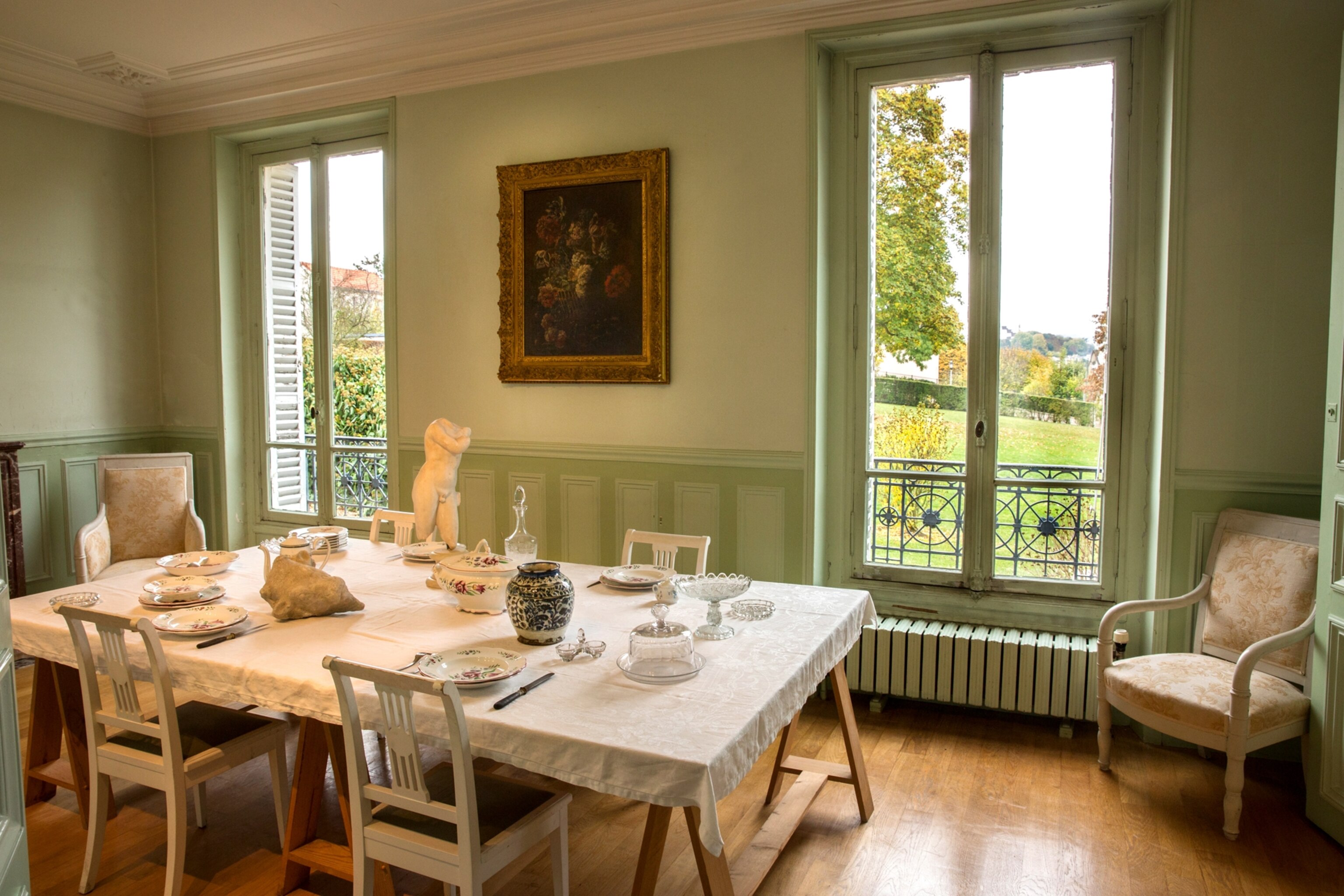
Jackson Pollock and Lee Krasner’s House
East Hampton, New York: It’s 1984 forever inside artists Jackson Pollock and Lee Krasner’s creekside, shingled East Hampton home, where everything has remained in situ since the time of Krasner’s death. Sloshes and speckles of paint coat the floor of the fishing hut turned studio where Pollack and Krasner both worked on their abstract expressionist masterpieces (including Pollock’s famous Convergence). Inside, the house is eclectic and chic. A broken anchor dominates the living room wall. Krasner’s seashell collection sits below a portrait of her drawn by a college boyfriend. And the artists’ original library still occupies the downstairs bookshelf.
Georgia O’Keeffe’s home & studio
Abiquiu, New Mexico: Born in Sun Prairie, Wisconsin, Georgia O’Keeffe didn’t permanently reside in New Mexico until 1949 at the age of 61. Thereafter she spent every winter and spring in the town of Abiquiu, in a 5,000-square-foot Spanish Colonial complex where O’Keeffe painted her Cottonwood series, the Abiquiu mesa, and many representations of her favorite black door set into an adobe patio wall. Her Abiquiu home radiates natural light and contains surprises such as a rattlesnake skeleton coiled into the sitting room bench. While tours are temporarily halted, you can always take a video tour or virtually check in on O’Keeffe’s extensive potager, lovingly tended by the students of Mesa Vista High School.
Clementine Hunter’s house
Melrose Plantation, Louisiana: Clementine Hunter completed thousands of paintings in her prolific 101 years, most at Melrose Plantation in Louisiana’s French Creole Cane River region. As Melrose became a mecca for artists and writers, Hunter began to collect discarded brushes and paints left by visitors. After a full day of picking cotton, cooking, or cleaning, Hunter would paint in her modest cabin by the light of a kerosene lamp, depicting how her family and friends “worked, played, and prayed.” In addition to the red-roof cabin, visitors to Melrose can see Hunter’s nine-panel mural series in the cypress-shingled “African House,” Louisiana’s first designated “National Treasure.”
(Related: Plantations are a dark chapter in American history—here’s why to visit.)

Frederic Church’s Olana
Hudson Valley, New York: At the heart of the 19th-century art movement called the Hudson River School there is Romantic landscape painter Frederic Church. And at the heart of the Hudson Valley there is Olana—Church’s 250-acre dream estate, presided over by a Persian-inspired fortress of a house and more than five miles of carriage roads. Rich with hues of mustard, cherry, and clay, the house is stenciled floor to ceiling and lavishly draped in Turkish rugs, ornate golden frames, and painted tile hearths. More than a century after his death, Church’s personal “Viewshed” and obsession with landscapes continues to spur the Hudson Valley community towards careful conservation.
Jim Thompson’s house
Bangkok, Thailand: Although Jim Thompson was not an artist himself, the American businessman and architect’s teak Thai-style home in Bangkok, on the Khlong Maha Nak Canal, contains an extraordinary collection of traditional Thai art and artifacts. Entwined in fragrant Arabian jasmine and dense, jungle-y gardens, Thompson’s 1950s retreat features spacious outdoor hallways, intricately carved door panels, porcelain, paintings, and eighth-century Buddha statues.
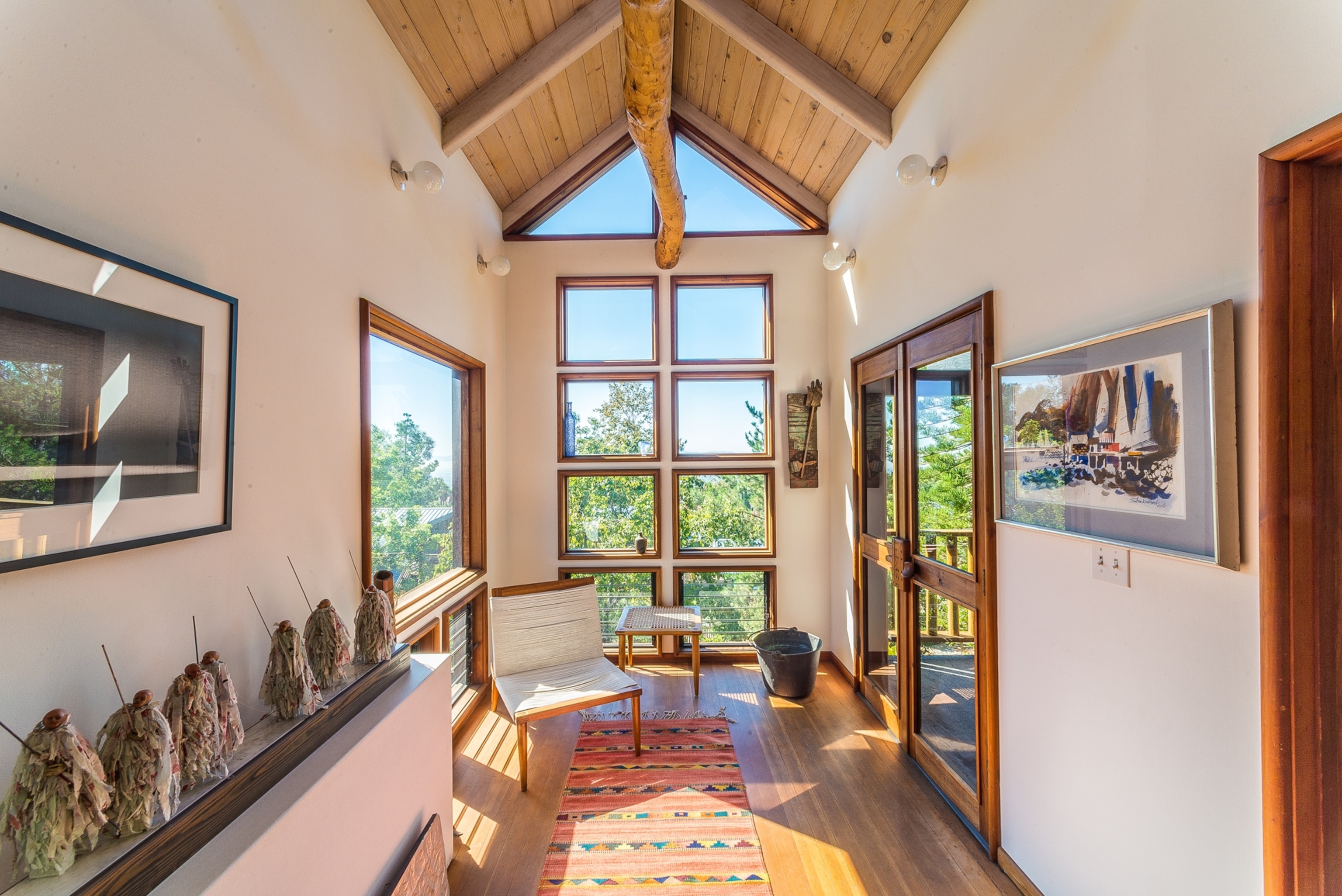
Sam Maloof’s home
Pomona, California: Threatened by an interstate highway, Sam Maloof’s 1952 California ranch-style home was relocated to a permanent location in Pomona. Visitors are now welcome to explore the acclaimed woodworker’s cozy environs and a comprehensive collection of wood, ceramics, fiber art, and paintings that Maloof assembled from his thriving community of Pomona valley artists. Treehouse vibes abound with the redwood walls, dazzling hand-carved spiral staircase, and whimsical stained-glass windows.
(Related: Amazed by the art? Check out California’s natural wonders.)
Irma Stern’s The Firs
Cape Town, South Africa: Painted in mint green, sunny yellow, and vivid corals, the Cape Town home and studio of painter, sculptor, and ceramist Irma Stern is a colorful collage of portraits and tribal artifacts, including a mastercrafted Buli stool from the Democratic Republic of the Congo. A second-story gallery offers rotating exhibits of contemporary South African artists.
Claude Monet’s home
Giverny, France: Claude Monet’s green-shuttered, vine-draped estate is as famous for its poetic interior as it is for its immaculately kept garden and waterlily pond. In the kitchen, a stream of copper pots twinkles against a sea of blue tile. In the dining room, the table, chairs, mantel, buffet, walls, and moldings are bathed in matching lemony yellow. Greatly influenced by Japanese art, Monet collected 231 wood blocks and an abundance of Japanese paintings, many of which are displayed throughout the home. And thanks to the Monet Foundation, you can take a peek from the comfort of your own home.




















